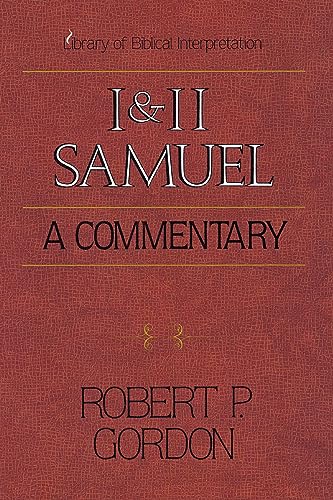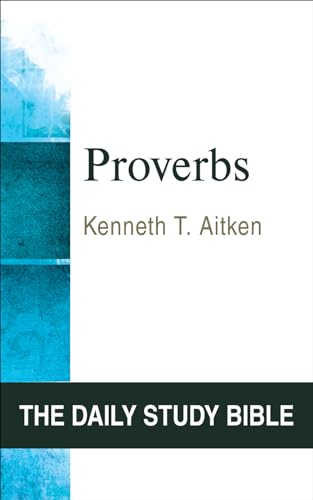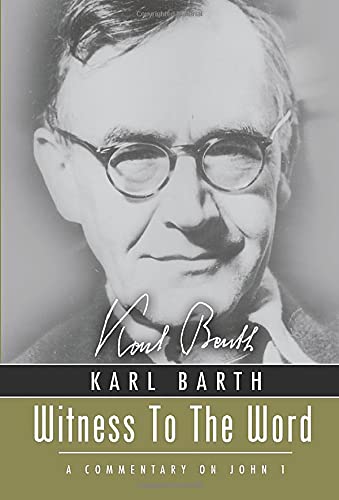1 and 2 Samuel. A Commentary
Written by Robert P. Gordon Reviewed By Jean-Marc HeimerdingerThis commentary is the latest in a series of detailed works on 1 and 2 Sa. which have recently inundated the world of biblical studies. It can usefully be read in conjunction with a book written by the same author three years ago (1 and 2 Samuel, JSOT Press, 1984) which deals with questions of introduction to 1 and 2 Sa., and which as such prepares the way for this commentary.
The introductory section of the commentary provides a careful summary of the subjects covered in the first book and includes a brief discussion on the question of Deuteronomic history. A large part of the Introduction is taken up by an overview of 1 and 2 Sa. In it Gordon proposes to divide the text into eight sections. To delimit them he does not rely on a reconstruction of the historical development of the book but rather on thematic criteria. Scholars today, when examining the historical development of the text of 1 and 2 Sa., distinguish three levels which are said to be the three stages in the growth of the book: the ancient sources, the middle stage with series of continuous narratives (pre-Deuteronomistic texts), and the Deuteronomic overlay. Unlike them, realizing the difficulty in defining level one and two, Gordon studies the form of the literature, its origin and setting in life, only when he thinks that an original source can be discerned with certainty. Finally, in the Introduction the difficulties of the text are analysed with clarity and there is an examination of the links between Samuel and Chronicles, of the themes of David and Christ, of the Davidic covenant, and of David and the Psalms.
The commentary proper covers 252 pages, at times concentrating on just one verse, at others explaining a group of verses together. Assuming perhaps that the average reader knows what to expect to find in a commentary, Gordon does not give in his Introduction any clue as to what his goal will be or his method of explanation. After a few pages, however, it becomes clear that the main aim of the author is to provide the information that is needed for understanding difficult aspects of the text in the light of the conclusions of the most recent scholarly literature. The interpretation proper is left to the reader. Gordon is looking for the plain and literal meaning of the text and his method of exegesis is historical and grammatical. Quotations given are from the rsv but the author goes into more detail on the Hebrew words which need clarifying, referring where useful to the cognate languages. He deals with problems of variant readings and situates the verse in its context. In form then the commentary reads as a list of points made on various aspects of the verse under scrutiny. The short comments are left unconnected and it is up to the reader to decide how to use them, which in itself is not a bad exercise. But I am not too sure whether an amateur interpreter will be able to distinguish among all the information provided, between the elements which are crucial for a correct interpretation of the text and those which are of secondary importance. In fact, Gordon provides us here and there with comments that could well be ignored in the task of interpreting the verse under consideration. The amount of technical detail given, even though it has been limited, would restrict the use of the book to readers with previous biblical training.
As for his approach to the text, Gordon works on the basis that a text cannot be chopped up for the sake of localizing sources without taking into account the rules of the poetics of biblical narrative which to some extent dictate the constitution of a text. With that understanding in mind it is a pity that the author has not made more use of the recent discoveries concerning the poetics of biblical narrative. Whilst one has to agree with Gordon that there is a need to be wary of those who pursue structure analysis at all costs, it is at the same time important to recognize that a discourse-oriented analysis, when used with competence, is a necessary tool for the understanding of the biblical text. This would have helped to keep more the overall purpose of 1 and 2 Sa. before the reader’s eye and allow insight into the development of the narrative and the description of the characters. Today the reader of 1 and 2 Sa. has to choose between the traditional type of commentary offered by Gordon or the literary approaches offered by Eslinger, Miscall or Garsiel. It is to be hoped that commentators will realize the interdependence of the disciplines and see the need for the two orientations to join forces within each and every inquiry on the biblical text.
Jean-Marc Heimerdinger
London Bible College







